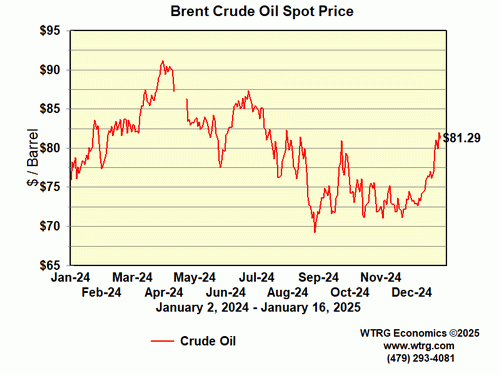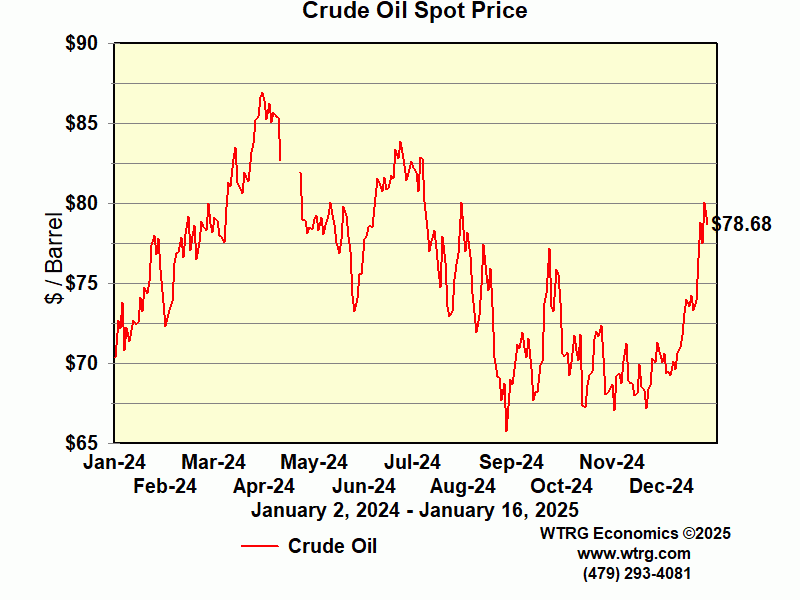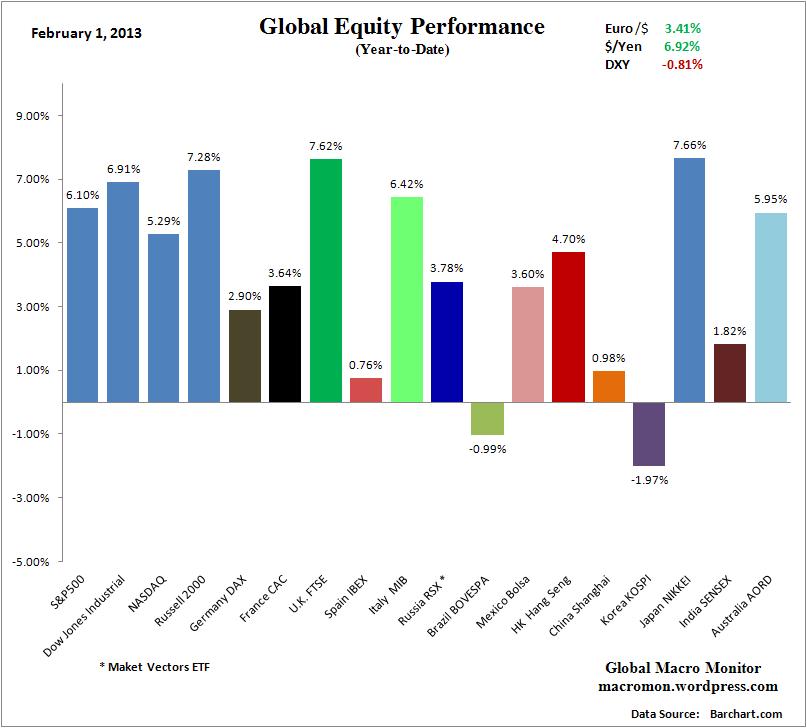 |
| Source: StockCharts.com |
Last week worries that the Fed might tighten sooner than expected started the pullback. The European Commission's change in its 2013 economic forecast from a little growth to a slight contraction added to it. Monday's deadlocked election results in Italy put the hammer down. The Italian election results were exceptionally jarring as initial reports indicated Bersani's Democratic Party would have a majority in both houses of parliament enabling it to continue the prior government's austerity and reform efforts. After it became clear that was not the case, the S&P 500 sold off strongly.
The protest vote against austerity, brought eurozone breakup worries back to the forefront. The effect was clearly seen in the Italian bond market. Bonds were hit hard with ten year yields rising over 30 basis points to 4.85%. Given the deadlocked results, pundits are predicting new elections in the next couple of months.
 |
| Source: Bloomberg.com |
In the US, the sequester is due to start on Friday, forcing approximately $85 billion in cuts to discretionary spending. We also have the potential for a US government shutdown on March 27, when funding for this fiscal year expires. With GDP growth trending a bit under 2% a year lately, the combination of the revised fiscal cliff tax hikes and spending cuts, the sequester cuts and rising gasoline prices have whittled away at our margin of safety regarding growth. It would take less and less of an exogenous shock to tip the economy over into recession. With these storm clouds on the horizon, review your investment plan and expect more volatility ahead.















